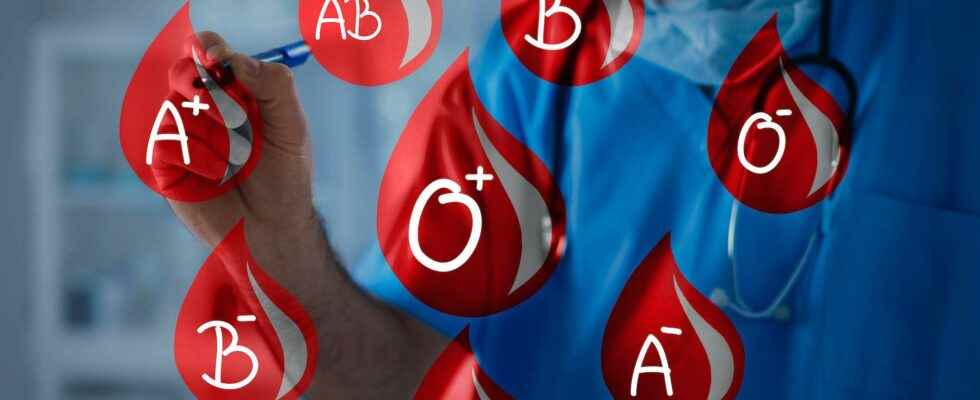Based on the ABO system and the Rhesus system, blood groups ensure blood compatibility between different people. How is our blood type determined and what are the most common types?
You will also be interested
[EN VIDÉO] The intestinal microbiota, a precious ally for our health In the body, there are different microbiotas: that of the skin, the mouth, the vagina… But the most important is the intestinal microbiota. Scientists have known about its potential for a long time, but the development of new techniques makes it possible to deepen research to describe the nature of host-microbiota interactions, those of microorganisms between them, and their impact on health.
The blood groups A, B, AB or O come from the antigens which cover the surface of red blood cells, white blood cells and pads. There are several dozen antigenic systems (Kell, Duffy, Kidd, etc.) that characterize blood cells, including more than 20 for red blood cells alone. The most important, in particular to ensure the blood compatibility during transfusions, are the ABO system and the Rhesus system.
The ABO system and the Rhesus system
The gene involved in determining blood groups is located on the chromosome 9, and like every gene, it can be present in different versions, or alleles: A, B or O. Since we are diploids, we have two copies of the same gene, one from our father and one from our mother. So there are six genotypes different possible: OO, OA, OB, AA, BB and AB. Only the A and B alleles code for glycoproteins, the O allele corresponding to an absence of antigen. This last one is recessivewhich means that if he inherits A and O alleles, the individual will have blood type A. An individual group O must therefore have two O alleles.
Your blood type can also affect your health. Find out how in this episode of Health on Listening. © Futura
The Rhesus RhD system arises from the presence or absence of the D antigen on red blood cells. We can therefore be either Rh+ or Rh-. This leads to the existence of eight blood groups: A+, A-, B+, B-, O+, O-, AB+ and AB-. The Rhesus system also includes other antigens (C, E, c or e) which are often shown on blood group cards.
What are the most common blood groups?
Globally, Group O is the blood group the most frequent and group A is the rarest. But the prevalence of the groups is very variable according to the characteristics genetic populations. In France, the most common are groups A and O (44 and 42% respectively), while groups B and AB together represent less than 15% of the population. Among the peoples native from South America, group O is very predominant (as can be seen on the graph for Peru). Blood group B is very common in India (40%) and generally quite common in South Asian countries).
Interested in what you just read?
Subscribe to the newsletter Health question of the week : our answer to a question you ask yourself (more or less secretly). All our newsletters
